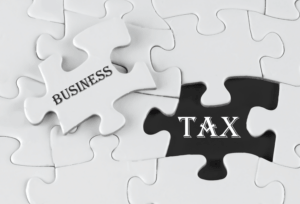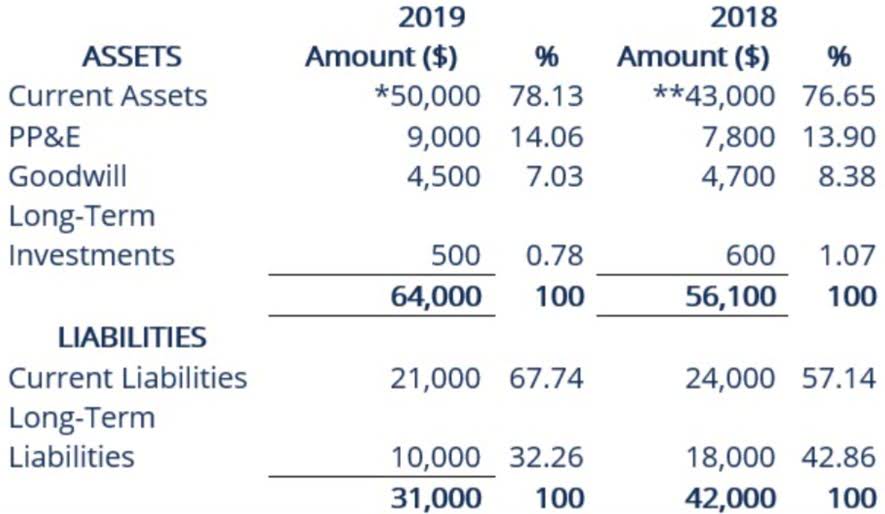Vital Energy’s business strategy is focused on the acquisition, exploration and development of oil and natural gas properties in the Permian Basin of West Texas. This means that they are farther down the line in terms of asset distribution compared to bondholders. This dual advantage of income and growth potential can be especially appealing in a dynamic market environment. This stability is particularly attractive for retirees or investors seeking consistent cash flow to meet their financial needs.
Which of these is most important for your financial advisor to have?
- The dividend rate is determined at the time of issuance and is typically expressed as a percentage of the par value of the stock.
- However, CPS pays a lower dividend rate than common stock and is subject to interest rate risk, which may reduce its appeal to investors.
- The upside potential of preferred stock is capped, whereas common stock has unlimited upside potential.
Learn financial statement modeling, DCF, M&A, LBO, Comps and Excel shortcuts. As an example, say the exit value falls to $50mm from the initial valuation of $500mm. By multiplying the $50mm in exit proceeds by 20%, we get $10mm as the convertible value.
Investing Tips
Bond proceeds are considered to be a liability, while preferred stock proceeds are counted as an asset. Unlike common stock, where dividend payouts can fluctuate based on the company’s performance, preferred stockholders receive dividends at a predetermined rate. If the shares are cumulative, you cannot pay dividends to common shareholders until you pay all current and accrued preferred dividends. To pay dividends to common shareholders in 2021, you would need to pay preferred shareholders a total of $15 per share for the 2019, 2020 and 2021 dividends. If your preferred shares are non-cumulative, you can pay dividends to common shareholders in 2021 immediately after you pay the $5 per share dividend for 2021 to preferred shareholders. Preferred stock is a type of stock that has characteristics of both stocks and bonds.
Non-Cumulative Preferred Shares
Investors should be aware of these potential pitfalls before incorporating preferred stock into their portfolios. To compensate for this risk, callable preferred stock often offers higher dividend yields. If the company’s profits exceed a certain threshold, participating preferred shareholders are entitled to receive extra dividends.
Convertible vs. Participating Preferred Stock Returns Graph
Like bonds, preferred stock may have a call date allowing the issuing company to redeem the stock at some future date, even before its maturity. Also like bonds, preferred stocks can pay a fixed dividend, but may also pay a floating rate that depends on some benchmark interest rate. Both in terms of its income potential as well as risk, preferred stock lies somewhere between common stock and bonds. Preferred stock promises the investor a fixed annual payment, usually expressed as a percentage of its face, also known as par value.
Preferred Stock Investment Returns Analysis
The past omitted dividends on the cumulative preferred stock are referred to as dividends in arrears. While preferred stock shares some similarities with common stock and bonds, there are a few key differences as well. Some investors might want this type of preferred stock because they may want to capitalize on a rising share price.
As such, there is not the same array of guarantees that are afforded to bondholders. With preferreds, if a company has a cash problem, the board of directors can decide to withhold preferred dividends. The trust indenture prevents companies from taking the same action on their corporate bonds.
You can also talk to a financial advisor about formulating a dividend investment strategy that’s tailored to your goals. Moreover, convertible preferred stock provides potential capital growth, combining income and appreciation benefits. This means that preferred stockholders are more likely to recover a portion of their investment before common stockholders receive anything.
Ask a question about your financial situation providing as much detail as possible. Our mission is to empower readers with the most factual and reliable financial information possible to help them make informed decisions for their individual needs. This team of https://www.business-accounting.net/ experts helps Finance Strategists maintain the highest level of accuracy and professionalism possible. Our team of reviewers are established professionals with decades of experience in areas of personal finance and hold many advanced degrees and certifications.
Before investing in preferred stock, it’s crucial to assess the issuer’s ability to maintain consistent dividend payments. The dividend priority ensures that preferred stockholders are among the first to receive distributions, what are state payroll taxes further solidifying the income stream’s dependability. This conversion can be advantageous if the company’s common stock appreciates significantly, potentially offering investors both dividend income and capital gains.
Additionally, understanding the conditions under which conversion can occur and the impact on the investor’s overall portfolio is critical. Preferred stock comes in various forms, each tailored to different investor preferences and risk appetites. Preferred stock is characterized by a set of unique features that distinguish it from other investment vehicles.
If there are any remaining assets after the payment of CPS holders, they will be distributed to common stockholders. Those payments must be made before anything can be paid to common stockholders. Its steady income stream caters to those seeking reliability, with fixed dividend rates ensuring predictable returns. For investors interested in convertible preferred stock, careful evaluation of the conversion terms is essential.
Investors buy preferred stock to bolster their income and also get certain tax benefits. In a nutshell, companies can use cumulative preferred stock shares to manage financial difficulties. Delaying dividend payments can allow an opportunity to regain equilibrium, without putting shareholders at risk of losing out on their investment.
Convertible CPS is a type of CPS that can be converted into common stock at a predetermined price and time. Convertible CPS allows investors to participate in the potential capital appreciation of the company’s common stock while still receiving a fixed dividend rate. Let’s say that a company experiences a steep decline in its stock value and as a result, opts to temporarily suspend dividend payments to reduce costs and improve cash flow. Cumulative preferred stock is one type of preferred stock; a preferred stock typically has a fixed dividend yield based on the par value of the stock. This dividend is paid out at set intervals, usually quarterly, to preferred holders.
You can also talk to a financial advisor about formulating a dividend investment strategy that’s tailored to your goals. Before purchasing preferred shares, consider if you’re OK with missing dividend payments and recognize with noncumulative dividends, you might not receive any dividends at all. CPS is subject to interest rate risk, which means that the value of CPS may decline if interest rates rise. This is because higher interest rates make the fixed dividend payments less attractive to investors, which may reduce the demand for CPS and cause its value to decline. This makes it a less risky investment option than common stock, particularly in times of financial distress when the company’s ability to pay dividends and meet its obligations may be in question. CPS provides priority in dividend payments and liquidation preference over common stock.











